5 Strategies for Effective Employee Engagement
In today’s competitive business landscape, effective employee engagement is a critical factor in achieving success. Let’s explore, with OOt Social Health , some real-world strategies and examples from companies renowned for their innovative approaches to keeping their teams motivated and engaged.
Comprehensive Career Development Programs
One proven method to boost employee engagement is through structured career development programs. Companies like CB Insights stand out by offering substantial educational stipends and organizing peer-to-peer learning opportunities. This investment in employee growth not only improves skills but also demonstrates a commitment to their long-term career paths, which is crucial for engagement and retention.
5 Strategies for Effective Employee Engagement
Here are five effective strategies for employee engagement:
- Flexible Work Arrangements : Allow employees to choose their work hours or work from home, enhancing job satisfaction and work-life balance.
- Career Development Opportunities : Provide training programs, educational stipends, and promotion from within to motivate employees and support their career growth.
- Regular Feedback and Communication : Implement regular employee surveys and maintain open lines of communication to understand and address employee needs and concerns.
- Recognition and Reward Systems : Acknowledge and reward employees for their hard work and achievements through bonuses, public recognition, and other incentives.
- Inclusive and Supportive Work Environment : Foster a workplace culture that values diversity, equity, and inclusion, making employees feel respected and valued regardless of their background.
Trust and Autonomy
Arista Home Care Solutions exemplifies how granting autonomy can foster trust and engagement among employees. By empowering their staff to make decisions and manage their work independently, they enhance job satisfaction and improve the quality of care provided to their clients. This trust-based approach is pivotal in building a committed and motivated workforce.
Recognition and Reward Systems
At the core of many successful engagement strategies is a robust system for recognizing and rewarding employees. For example, Fellowship Community has developed a culture where employee appreciation is a routine practice, greatly contributing to job satisfaction and employee retention. Acknowledging and rewarding employees’ efforts can lead to a more committed and productive workforce .

Engaging Physical Workspaces
American Integrity Insurance focuses on creating a work environment that is not just functional but also inspiring. By designing tranquil and enjoyable workspaces, they aim to make the daily work experience pleasant and motivating. This approach has shown to improve employees’ mood and productivity, underlining the significance of the physical aspects of the workplace in engagement strategies
Regular Employee Feedback
Utilizing regular employee surveys is another effective strategy employed by many top workplaces. These surveys help companies like IntelePeer gauge employee sentiment and engagement levels consistently. By actively seeking feedback, companies can make informed decisions that enhance the work environment and address employee concerns proactively .
These examples illustrate how different strategies, tailored to the specific needs and culture of the organization, can lead to enhanced employee engagement. Companies that actively work to engage their employees often experience higher productivity, lower turnover rates, and improved organizational health.

Emphasizing Work-Life Balance
Promoting a healthy work-life balance is crucial for maintaining high levels of employee engagement. Companies like Accent Computer Solutions take this seriously by encouraging their employees to use their paid time off (PTO) and by organizing company retreats. This approach not only allows employees to recharge but also shows the company’s commitment to their well-being, which in turn fosters loyalty and increases productivity.
Leveraging Technology for Engagement
Utilizing technology to enhance engagement is another effective strategy. Platforms like OOt Social Health are designed to foster connectivity and interaction among employees, especially in hybrid and remote work settings. By using tech solutions to create a sense of community, companies can overcome the challenges of physical distance and keep their teams connected and engaged
Focused Managerial Training
Training managers to be better leaders is key to improving employee engagement. Effective managerial training focuses on communication, empathy, and support for team members. Companies that invest in training their leaders find that these managers are better equipped to motivate their teams , resolve conflicts, and manage the work effectively, all of which are essential for maintaining high engagement levels
Diversity, Equity, and Inclusion (DE ;I)
Finally, a strong focus on diversity, equity, and inclusion (DE ;I) can significantly enhance employee engagement. An inclusive workplace where employees feel respected and valued regardless of their background is crucial. By fostering an inclusive culture, companies not only enhance engagement but also drive innovation and attract a wider talent pool
By implementing these strategies, companies can create a more engaging and fulfilling work environment for their employees. These real-world examples demonstrate that when companies are committed to improving employee engagement, they see tangible benefits in productivity, satisfaction, and overall company performance.
The post 5 Strategies for Effective Employee Engagement appeared first on OOt Social Health .
Full content in OOt





